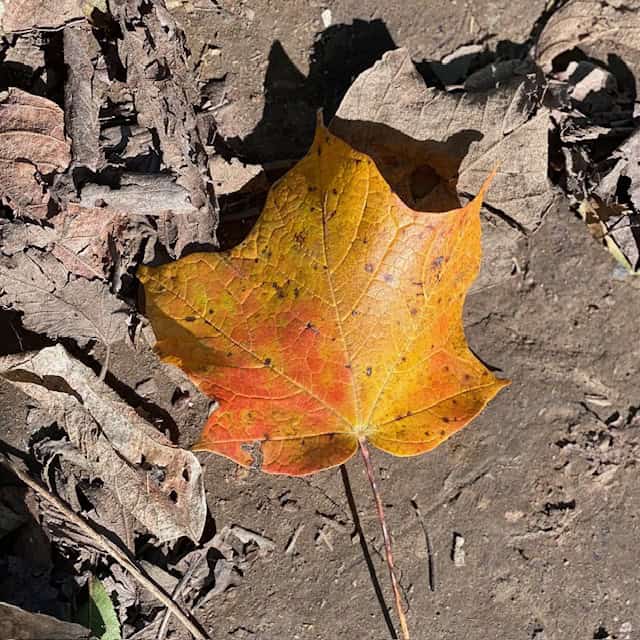Fall tree maintenance is an important part of tree care. In the fall, trees transition to prepare for winter. Doing a few things in the fall helps trees remain healthy over the winter and helps prevent major problems. Read on to find out more.
What to do First
At the very end of the summer, take a few minutes to assess your trees. This includes determining which ones look healthy, which ones have dead branches and how many, which ones are overgrown, and any dead trees. Prioritize which issues you want to tackle and when. This helps to prevent unwanted expenses when you are least prepared.
List of Fall Tree Maintenance Ideas
First, remove major deadwood. Removing major deadwood before winter is a preventative maintenance measure. Winter sometimes brings ice and wet weather. Deadwood is more apt to fall when it is wet, soggy, or icy due to the increased weight. As a result, when deadwood falls on its own, there is always the risk of it hitting and breaking healthy branches causing what I usually call, collateral damage.
Second, fall tree maintenance includes removing dead trees. Again, wet, soggy, dead wood is more apt to fall. Consequently, it is good to remove dead trees so that they don’t fall on their own. Similarly to issues with deadwood, when they fall on their own, there is no control over where they go. No one wants their prized landscape tree, or a structure, to be damaged by a fallen dead tree.
Third, once the leaves are gone, or before they start to turn, complete some general trimming maintenance. This prevents excessive ice damage, and it prepares trees for spring growth.
Finally, plan to fertilize or update mulching around trees that did not look their best at the end of the summer. Strategic fertilizing in late fall or early winter is a great way to give trees a boost when the spring growing season arrives. If trees just need a little help, ensuring that there is adequate organic matter under as much of the drip line as possible will also help.
Sometimes fall tree maintenance is overlooked. However, it is an important way to prevent damage and ensure that your trees are prepared for winter weather and the spring growing season.
